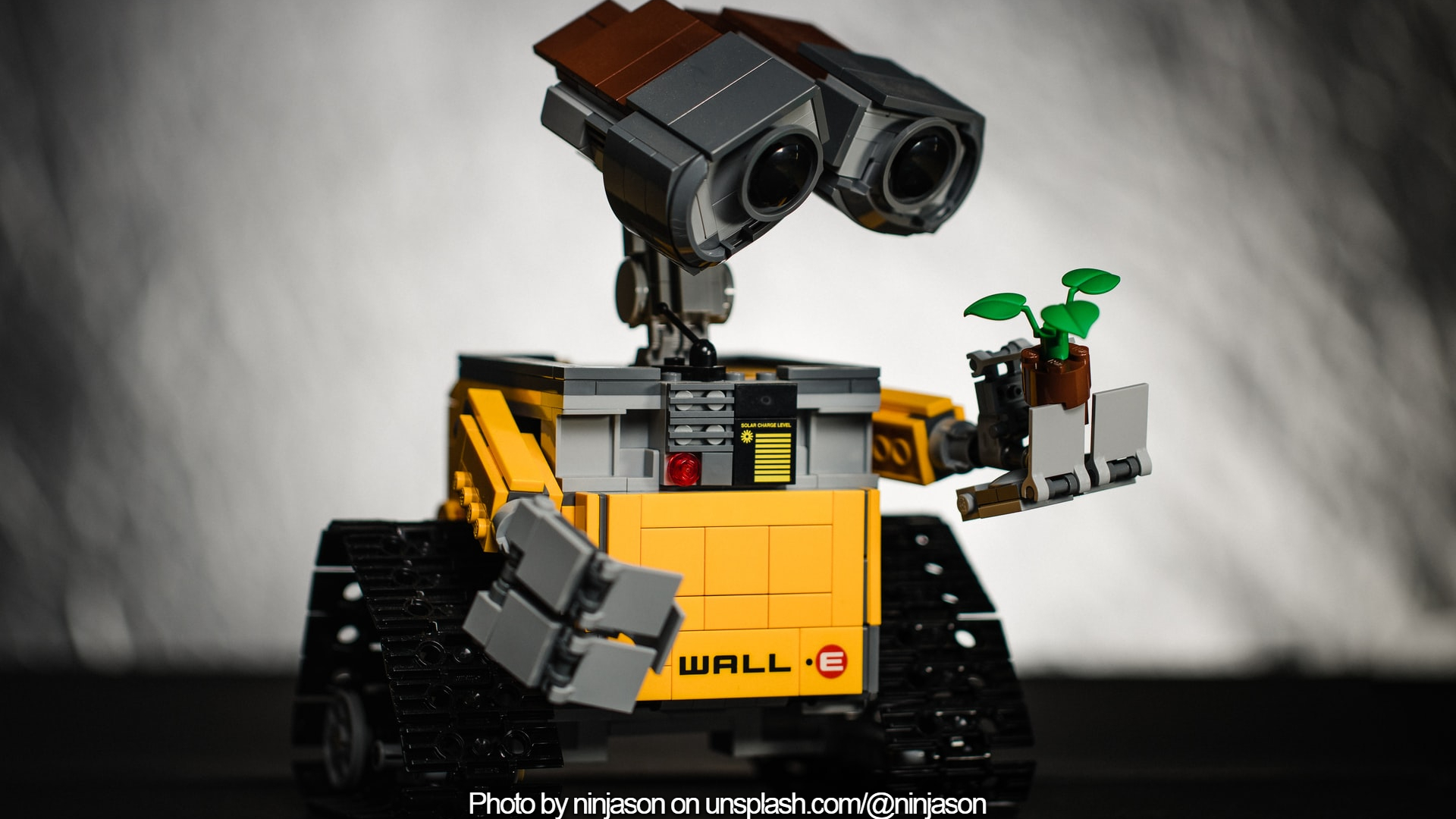Okay, okay, I know we are well into the sixth month of 2021 and many of the items on the list below are nothing new to many of us! That said these are the technologies of the recent past that haven’t just evolved for the next generation, they are making headway into our future, many of these technologies are no longer a concept jotted down on a piece of paper or used by just a handful, they have become a reality, and soon if not already will become a prominent feature in everyday life.
-
Edge Computing
Have you heard about Edge yet? You should have, it’s been around since the 1990s in the form of Edge Servers providing web content from servers deployed in close proximity to the user in order to reduce latency. The difference now is it has been advanced to provide a similar service to Cloud Computing, so on a much bigger scale than ever before.
Though both Edge and Cloud are similar and have many similar uses they are different and serve different purposes. Edge Computing is like Cloud Computing in many ways except it has a clever means of storing data that can be received instantly by bypassing latency and without an internet connection, therefore making it ideal for those who need to process their data in a time-sensitive manner as opposed to a time-driven one.
In many ways the process in which Edge Computing works is more of a topology than a technology as it uses mathematical equations to deform, encrypt and disguise the data held within, the data is stored closer to the user location as mentioned above, making it ideal for people and organisations that are either located in remote areas or are limited by internet connectivity.
Though Edge may start to take the edge for a while, I feel that with the upcoming advancements to infrastructure along with the roll out of new internet technologies like 5G, Edge Computing may have fewer uses in a very short space of time. Which leads me nicely to number two.
-
5G
I know I titled this the top 10 technologies to look out for in 2021 and 5G has been around since April 2019, well no-one is having a go at Nasa for planning to put 4G on Mars this year are they! The important difference from 2019 and 2020 to now is that pretty much every mobile carrier and smartphone provider is providing the devices and looking at the means to expand infrastructure with immediate effect as there are numerous advanced technologies from Robots working in fields and manufacturing to Augmented and Virtual Reality devices to be used in such things as safety, factories and traffic management roles, that heavily rely on the 5G infrastructure to function.
It’s estimated that by the end of the year at least 30 countries will have sufficient infrastructure in place to implement these new devices.
-
Augmented & Virtual Reality
As mentioned above there are some new and very exciting AR and VR technologies in the sidelines waiting to be released, some of these technologies have been used and tested by U.S. Navy, Army and Coast Guard for different training based simulations and situations, to great success and will likely become a staple and cost effective means for employers to train staff.
Though we are no way near to the awesomeness of Tony Stark’s personal assistant J.A.R.V.I.S (Just A Rather Very Intelligent System) which doesn’t always rely on a heavy headset to use, the technology has come leaps and bounds in the past few years. And with the advancements in AI, AR and VR may become the new form of everyday virtual, social, interactive, search and marketing device that could eventually replace our smartphone, possibly made in a different more user friendly adaptation.
And you thought Nomophobia was bad enough!
-
Artificial Intelligence
Obviously not a new thing but again something to certainly look out for this year. Incredibly you may not be aware that AI or at least the concept of AI was first documented in antiquity, basically thousands of years before humans could even write. Stories of artificially made beings equipped with consciousness and intelligence spread in the ancient world far and wide. The more recent teachings of these classical stories in the early 20th century in history classes, are believed to be the catalyst behind the creation of the first programmable digital computer from the 1940s and therefore the first true form of AI as we know it.
The new form of AI making waves in 2021 is predominantly in the form of analysis, analysing a multitude of different live and past data in near real-time making the perfect snapshot decisions in fractions of a millisecond, which will further enhance a personalised experience, from healthcare and entertainment to travel and security.
This new form of real-time data management will drastically help to increase revenues by providing the user or business with the exact information, products or services they either want/need or should be supplying.
The additional benefit to this is capturing the moment, customer behaviours can change like the wind and the mood which we are in can also affect our decision making, so by having a means to analyse data live can instantly adapt to these users moods and behaviours.
-
Robots
Yes Robotic Process Automation from driverless planes, trains and automobiles to farming, manufacture and warehouse productivity. Fantastic for business as for example a warehouse robot costing around $60,000 can do the job of several people while also working 22 hours a day 7 days a week. However, not quite so good for those who will likely be losing their jobs due to them, though new jobs will be created based around the production, repair, servicing and maintenance of these new robots. It has been estimated that it could take several years at the least before enough new job roles become available if at all.
I’d say one of the biggest threats to humanity before Artificial General Intelligence, Artificial Super Intelligence and Human Augmentation are Robots, and they are among us. Forrester Research back in 2015 looked into the effects RPAs would potentially have on livelihoods, their study suggested that it would threaten the lives of at least 9% of the global workforce, that’s approximately 230 million people. However, more recent studies carried out by the likes of the World Economic Forum suggest that RPAs will take more than 800 million jobs by 2030 if not sooner.
That is a rather sad state of affairs to say the least. However this year will see the start of this rollercoaster effect.
And finally!
-
Cybersecurity
We certainly talk about cybersecurity an awful lot and there is good reason as to why, cyber crimes and criminals are prevalent and growing at an alarming rate. It amazes me to think that so many incredibly intelligent individuals normally referred to as geeks would want to turn to such illegal, and damaging activities, that said, they are!
Understandably, cybersecurity is the fastest growing area in the technology arena growing approximately 94% year on year since 2013 compared to all other IT positions which grew at a combined 30% YoY, and are thought to start to exceed the national average job growth by 4% within the next few years.
So why have I added cybersecurity to the list? Because all of the above mentioned technologies though not new contain new chips and hardware, and use new software that is open to attacks.
If you would like to discuss any of the above technologies and how some may help you and your business then do not hesitate to get in touch with us via telephone: 01737 824 003 or email us at: support@tlptech.co.uk
Alternatively why not take a look through our magnificent services from the options below or why not find out more of what’s going on in the world of Tech by looking through our Blog.
Photo by Jason Leung on Unsplash















